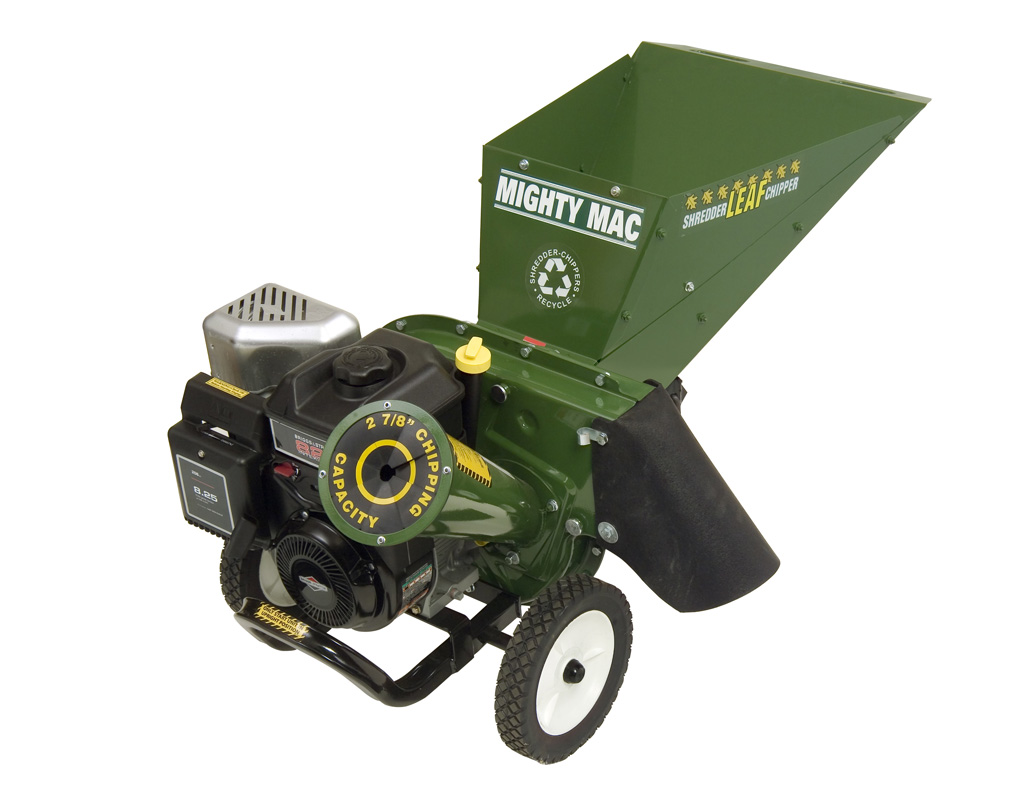
As autumn arrives, the falling leaves from September through November bring both beauty and a bit of a chore for homeowners. While the colorful foliage can be stunning, it also tends to create clutter on your yard, driveway, and sidewalks. Efficiently collecting and disposing of these leaves is important for maintaining your property's appearance and ensuring your lawn isn't suffocated under leaf piles. Choosing the right leaf collection method depends on factors like your yard's size, the tools you have, and your municipality's leaf disposal policies.
Three Methods for Collecting Leaves
There are several effective methods for leaf collection, each with its own set of advantages and limitations:
- Manually Raking Leaves Into Piles
Using a rake to gather leaves into piles for bagging or curbside disposal is a traditional and cost-effective approach. While it can be labor-intensive and time-consuming, especially for larger areas, manual raking provides precise control over leaf placement. It's ideal for those who prefer a quieter, more eco-friendly option and enjoy the exercise that comes with it. - Using a Leaf Blower to Move Leaves to the Curb
Leaf blowers offer a more efficient way to handle large volumes of leaves quickly. By blowing leaves into piles or directly to the curb, you save significant time and effort. Many municipalities allow homeowners to blow leaves into the street for curbside collection, but it's essential to check local guidelines as some areas require bagged leaves or have specific collection procedures.
- Walk Behind Leaf Blowers: These are excellent for clearing large areas swiftly and efficiently. Perfect for commercial use, especially in parks or on extensive estates, walk behind leaf blowers offer powerful performance ideal for managing substantial quantities of leaves. They provide more power than handheld blowers, making them suitable for professional landscapers or homeowners with large properties.
- Commercial Leaf Blowers: These are high-performance tools designed for heavy-duty leaf management. They are particularly effective for moving large piles of leaves or heavy, wet leaves across significant distances.
- Vacuuming Leaves with a Leaf Vacuum
Leaf vacuums not only collect but also mulch leaves, which reduces their volume and makes disposal easier. This method is ideal for those who want to keep their lawn clear without managing large piles of leaves. Many leaf vacuums come with a collection bag, which eliminates the need for additional raking or blowing.
- Gas Powered Lawn Leaf Vac: These are well-suited for larger lawns that need robust power to efficiently vacuum up fallen leaves. They often include a mulching function that helps reduce the volume of leaves before disposal.
- Leaf Vac with a Bag: This feature makes it easy to transport leaves to the curb or compost bin, minimizing the number of trips required and simplifying the disposal process.
Leaf Collection by Municipality
Before deciding on your leaf removal method, it's crucial to understand how your township or borough handles leaf collection. Some areas require leaves to be bagged in biodegradable bags, while others accept loose leaves at the curb. Coordinating your leaf removal with your municipality's collection schedule can save you time and ensure that your leaves are picked up promptly.
If your area requires bagged leaves, a leaf vacuum with a collection bag might be the most convenient option as it allows for simultaneous vacuuming and bagging. Conversely, if loose piles are acceptable, a walk behind leaf blower can efficiently move leaves to the designated collection area.
A Closer Look at Leaf Blowers
Leaf blowers are available in various models, from handheld units for smaller yards to heavy-duty commercial versions for extensive spaces. The commercial leaf blower is particularly powerful, ideal for moving large or heavy leaf piles over significant distances. Walk behind leaf blowers are equipped with robust engines and wide nozzles, making them effective for clearing leaves from large areas such as lawns, parking lots, or athletic fields. Although they are more expensive than handheld blowers, they save substantial time and effort for large-scale leaf management.
A Closer Look at Leaf Vacuums
Leaf vacuums are efficient for collecting and mulching leaves, which can reduce the number of bags needed for disposal or make them easier to manage for composting. A gas powered lawn leaf vac provides ample power for handling heavy or wet leaves. Many models include a leaf vac with a bag, simplifying disposal and making it easier to keep your lawn leaf-free without the hassle of dealing with large piles.
Manufacturers of Lawn and Garden Equipment
When selecting equipment for leaf management, several reputable manufacturers offer high-quality products:
- [MacKissic Inc.] – Known for producing rugged, durable outdoor equipment, MacKissic offers a range of leaf vacuums and blowers. Based in Pennsylvania, MacKissic is a proud American-made brand that supports the U.S. economy.
- [Husqvarna] – This Swedish manufacturer provides a variety of lawn and garden equipment, including leaf blowers and vacuums, recognized for their durability and performance.
- [Toro] – An American brand with a long history of reliable outdoor power equipment, Toro offers a range of leaf blowers and vacuums suitable for both homeowners and professionals.
Choosing equipment made in the U.S., like those from MacKissic, not only ensures quality but also supports American workers and the local economy.
Whether you choose to rake, blow, or vacuum your leaves this fall, selecting the right tools can make the job easier. Each method has its strengths, and your choice should be based on your lawn's size and your municipality's leaf collection rules. Leaf vacuums, walk behind leaf blowers, and commercial leaf blowers each offer effective solutions depending on your needs.